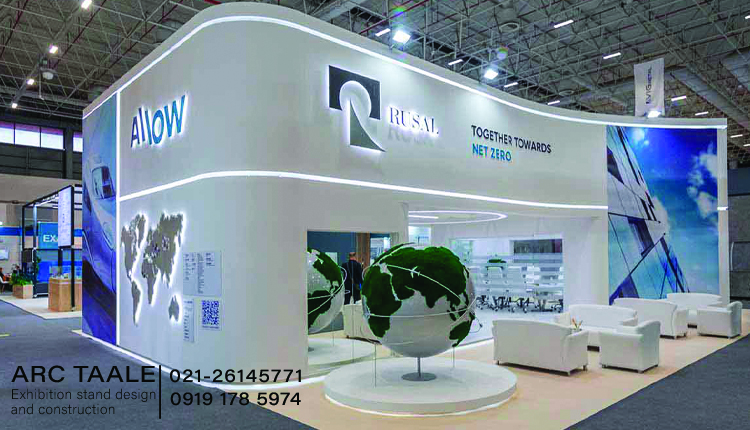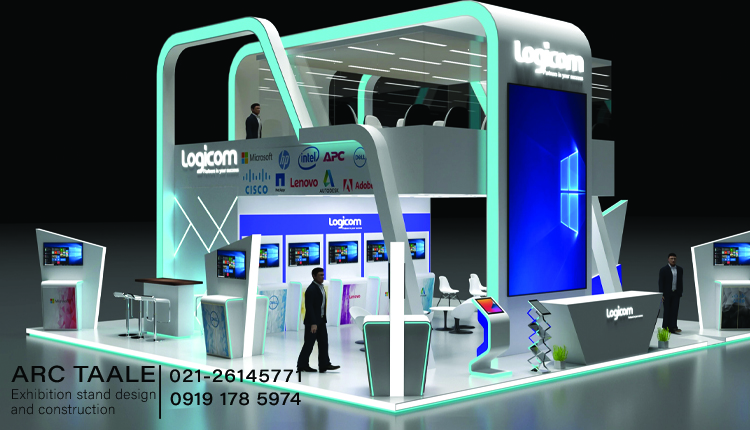Tradeshows are an essential marketing tool for businesses to showcase their products and services to a targeted audience. A well-executed tradeshow can be a powerful platform for networking, building brand awareness, and generating new business opportunities. However, not all tradeshows are successful. Ensure a tradeshow is a success, it requires careful planning, strategic execution, and a focus on attendee engagement. In this article, we will explore the key elements that make a tradeshow successful, including effective planning, attendee engagement, marketing, and technology. We will also discuss the importance of post-show follow-up and relationship-building for ensuring ongoing success.
Key elements for a successful tradeshow
Several key elements are essential for a successful tradeshow. Firstly, clear objectives and goals should be defined for the event, such as generating leads, building brand awareness, or closing sales. These goals should guide the planning and execution of the tradeshow, including the selection of vendors, attendees, and event activities. Secondly, effective marketing and promotion are crucial to attracting the right audience to the tradeshow. This may involve utilizing a variety of channels such as social media, email marketing, and targeted advertising. Thirdly, the tradeshow experience itself should be engaging and memorable for attendees, featuring interactive booths, educational sessions, and networking opportunities. Finally, post-event follow-up is critical for converting leads into sales and building long-term relationships with attendees.
The anatomy of a successful tradeshow
A successful tradeshow can be broken down into several components, including pre-show planning, on-site execution, and post-show follow-up. Pre-show planning involves setting goals and objectives, selecting vendors and exhibitors, and promoting the event to attract attendees. On-site execution involves creating an engaging and interactive experience for attendees, including educational sessions, keynote speakers, and networking opportunities. Finally, post-show follow-up is critical for converting leads into sales and building long-term relationships with attendees. This may involve sending follow-up emails, making phone calls, or scheduling in-person meetings to discuss potential business opportunities.
How to measure the success of a tradeshow
Measuring the success of a tradeshow is important to evaluate its effectiveness and identify areas for improvement. Key metrics for measuring tradeshow success may include the number of leads generated, the number of sales closed, the return on investment (ROI), and attendee satisfaction ratings. Surveys and feedback forms can be used to collect data from attendees and exhibitors to gain insights into their experiences and identify areas for improvement.
The role of planning in a successful tradeshow
Effective planning is essential for a successful tradeshow. This involves setting clear objectives and goals, selecting vendors and exhibitors, creating a marketing plan to attract attendees, and developing an engaging and interactive event program. Detailed planning is necessary to ensure that all logistics are properly managed, including venue selection, transportation, and accommodation for attendees and exhibitors. Effective communication and collaboration among all stakeholders, including event organizers, vendors, and attendees, is also critical to ensure that the event runs smoothly and meets the needs of all participants.
Best practices for creating a successful tradeshow experience
Creating a successful tradeshow experience involves incorporating several best practices, including creating an engaging and interactive environment for attendees, featuring informative and educational sessions, and providing ample networking opportunities. Additionally, effective marketing and promotion are crucial to attracting the right audience to the event, while clear communication and collaboration among all stakeholders can help to ensure that the event runs smoothly and meets the needs of all participants. Finally, post-show follow-up is critical for converting leads into sales and building long-term relationships with attendees.
The importance of marketing for a successful tradeshow
Marketing plays a critical role in the success of a tradeshow. Effective marketing can help to attract the right audience to the event, generate buzz and excitement, and create a sense of anticipation among attendees. Marketing efforts should be tailored to the target audience, utilizing a variety of channels such as social media, email marketing, and targeted advertising. In addition, it’s important to create a consistent and cohesive message across all marketing materials, including the event website, promotional materials, and social media posts. The marketing campaign should also include clear calls to action to encourage attendees to register for the event and engage with the exhibitors.
How technology can enhance a tradeshow’s success
Technology can be used to enhance the success of a tradeshow in a variety of ways. For example, digital tools such as event apps, virtual reality, and interactive displays can create an engaging and immersive experience for attendees. Technology can also help to streamline the registration and check-in process, reduce wait times, and provide real-time information to attendees. In addition, technology can be used to collect data and analytics on attendee behavior and preferences, which can be used to improve future events. It’s important to choose the right technology tools that align with the goals and objectives of the event and provide value to attendees.
Building relationships: the secret to a successful tradeshow
Building relationships with attendees and exhibitors is critical to the success of a tradeshow. This involves creating a welcoming and inclusive environment, providing opportunities for networking and collaboration, and following up with attendees and exhibitors after the event. Effective relationship building can lead to increased brand awareness, customer loyalty, and repeat business. In addition, building relationships can help to establish the tradeshow as a trusted and valuable resource within the industry.
Creating engaging experiences for a successful tradeshow
Creating engaging experiences for attendees is key to a successful tradeshow. This may include interactive booths, product demonstrations, educational sessions, and keynote speakers. Attendees should be given opportunities to connect with exhibitors and other attendees through networking events and social gatherings. Additionally, incorporating social media and technology can create a more dynamic and immersive experience for attendees. The goal is to create an experience that is memorable, informative, and valuable to attendees, which can lead to increased engagement, brand awareness, and sales.
The impact of post-show follow-up on tradeshow success
Post-show follow-up is critical to the success of a tradeshow. This involves following up with attendees and exhibitors after the event to thank them for their participation, collect feedback, and discuss potential business opportunities. Effective post-show follow-up can lead to increased sales, customer loyalty, and repeat business. It’s important to have a clear plan in place for post-show follow-up, including timelines, communication channels, and specific goals and objectives. Follow-up activities may include sending thank-you emails, making phone calls, scheduling in-person meetings, or sending marketing materials to potential customers.
In conclusion, a successful tradeshow requires a multifaceted approach that encompasses effective planning, attendee engagement, marketing, technology, and relationship building. Each of these elements plays a critical role in creating a memorable and valuable experience for attendees, while also achieving the desired business outcomes for exhibitors. By focusing on attendee engagement, marketing, and technology, businesses can attract the right audience to the event, generate buzz, and create a sense of anticipation among attendees. In addition, by building relationships and following up after the event, businesses can establish themselves as trusted and valuable resource within the industry. By implementing these key elements, businesses can create successful tradeshows that provide value for both attendees and exhibitors alike.



